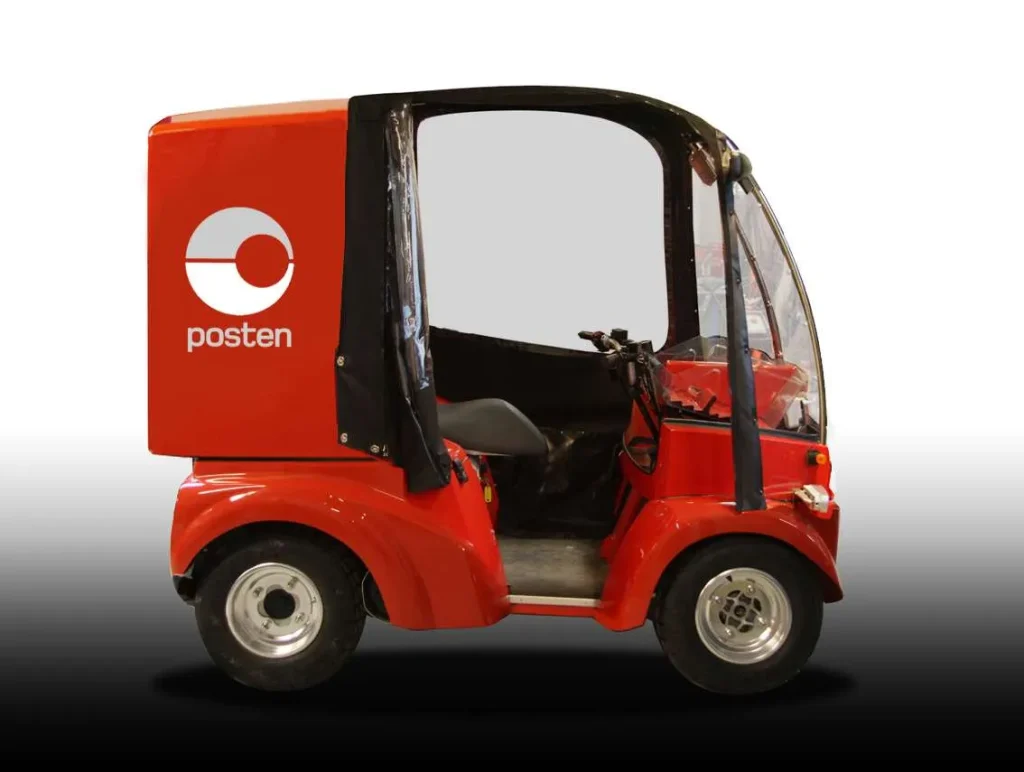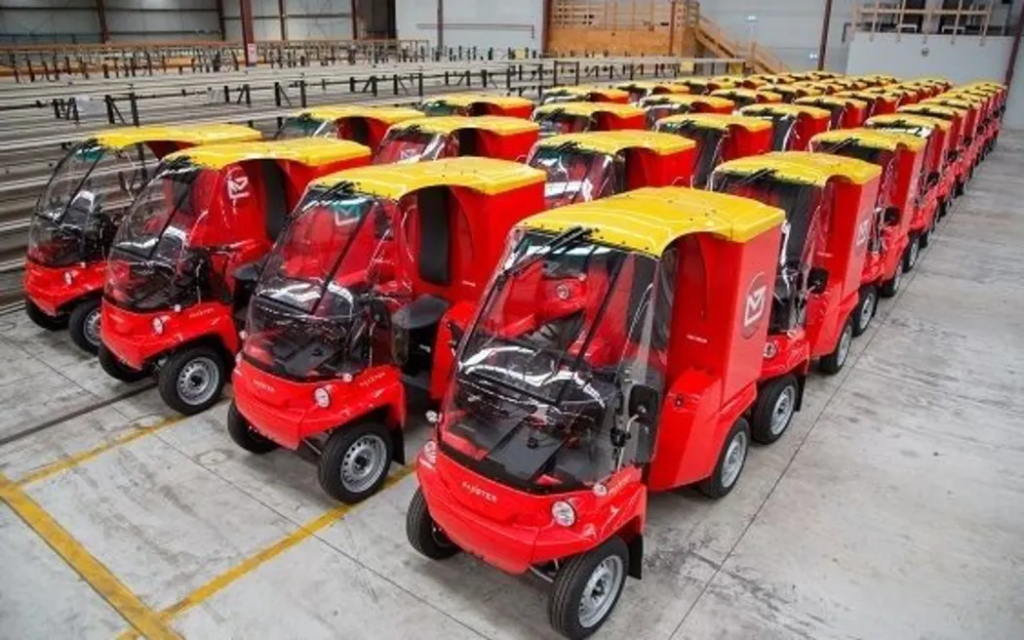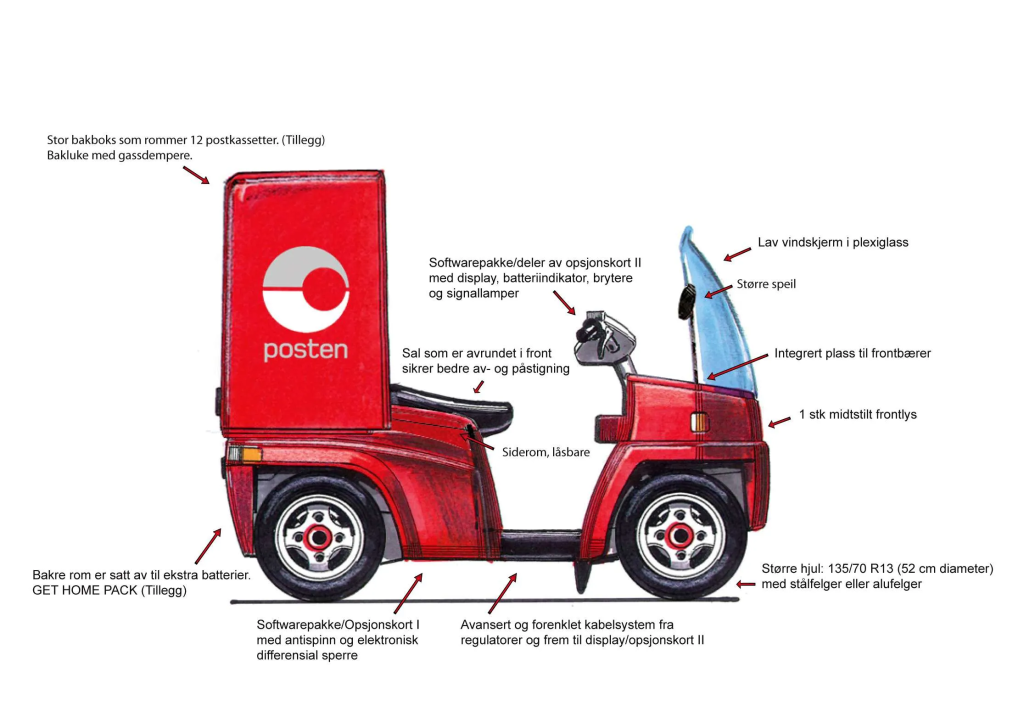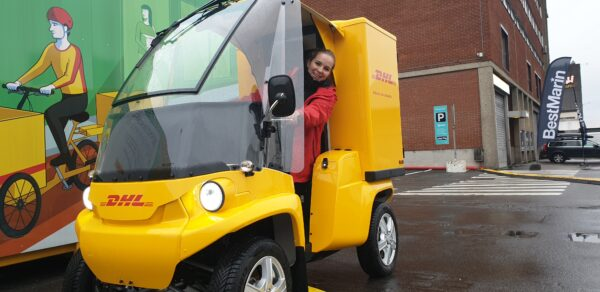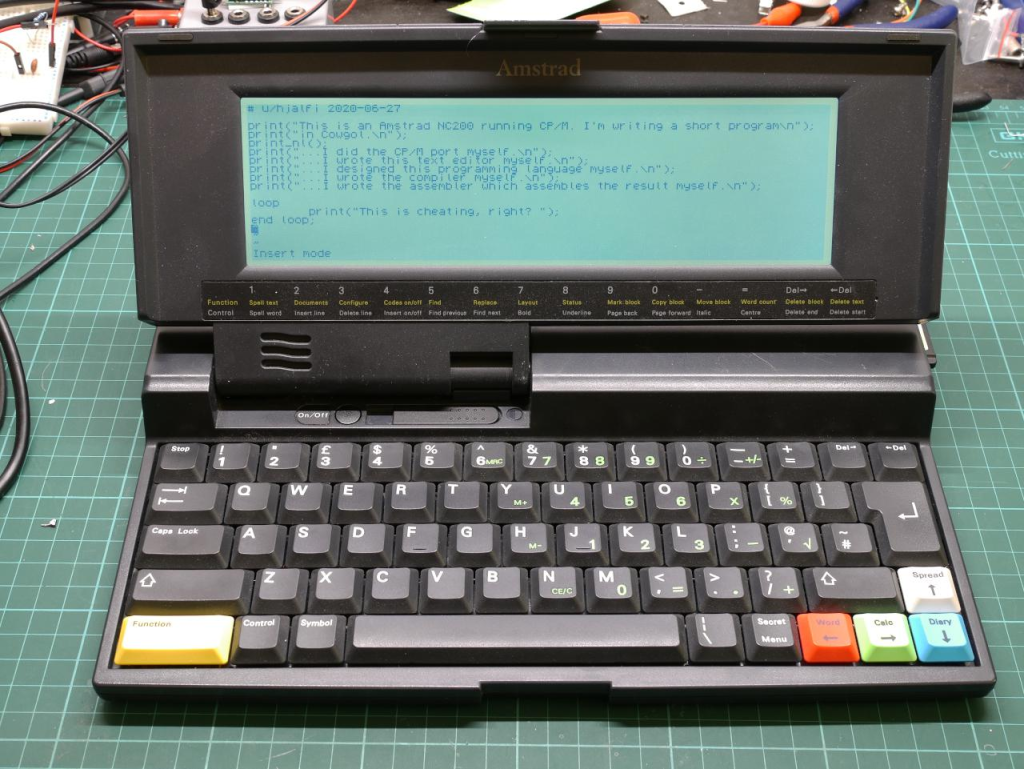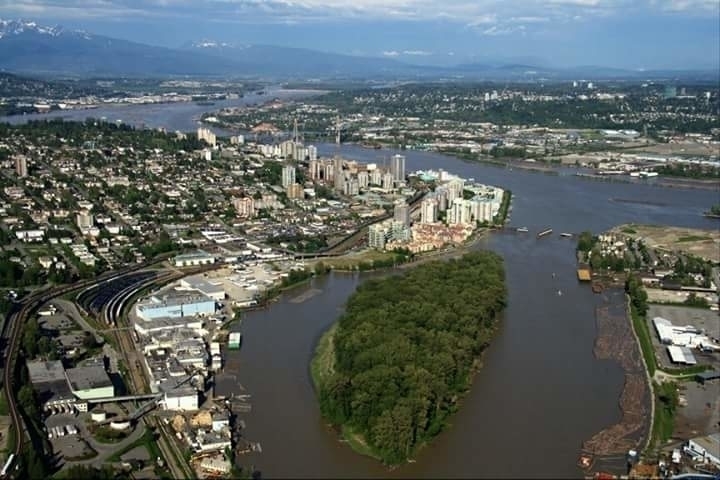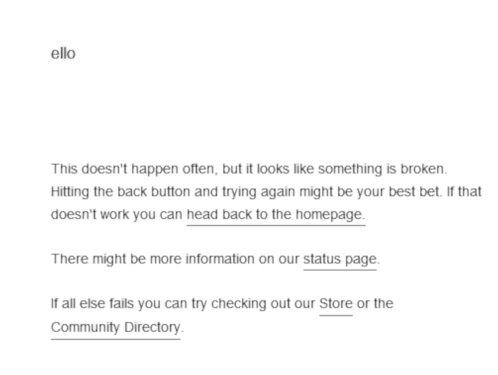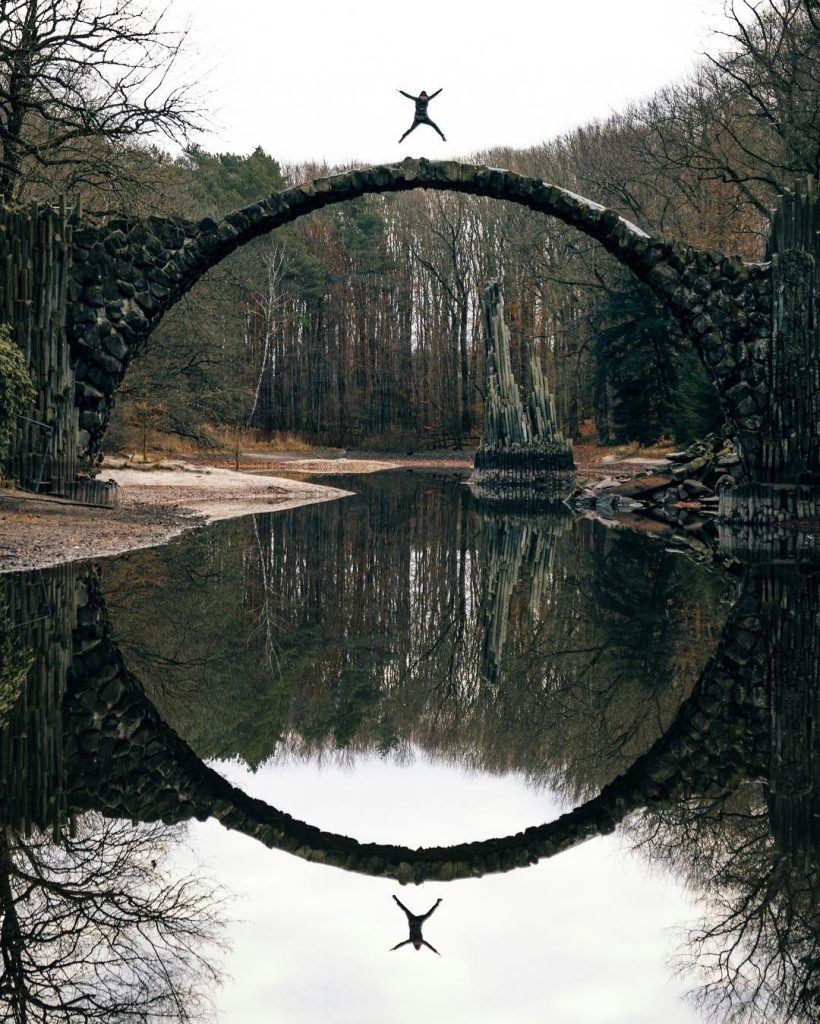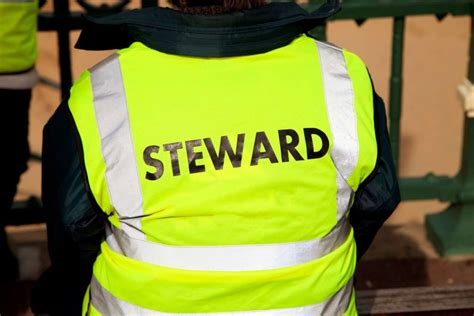
This weblog post is about domestic health and safety stewardship. Definitions: Steward = a person who acts on behalf of others, often by managing property or financial affairs. Unions often have stewards, who ensure that the rights of their members are respected. Stewardship = the responsible overseeing and protection of something considered worth caring for.
Cliff Cottage has two self-appointed heath and safety stewards. Trish, the other resident, has her area of expertise, that includes foodstuffs. My area of competence is related to technical issues.
People spend a lot of time in (and around) their residences. Thus, it is important that some form of health and safety stewardship be incorporated into domestic living arrangements. One of the first areas where this was implemented involved smoke/ fire alarms/ detectors.
Being a steward involves three areas of responsibility: education, hazard identification and compliance = action!
Education
In terms of education, the main job is to keep people informed. The most important characteristic a person can have is situation awareness: an understanding of the environment in which they are working (or living), the elements that make it up, and how it changes with respect to time and other factors. Other factors could include food acquisition and preparation, fire and/ or war. Situation awareness is important for effective decision making.
Situation awareness
In Mica Endsley’s (ca. 1961 – )cognitive model of situation awareness, there are three levels. Level 1 = Perception of the status, attributes and dynamics of relevant elements in the environment. This is the most basic level that involves monitoring, cue detection and simple recognition, which lead to an awareness of multiple situational elements (objects, events, people, systems, environmental factors) and their current states (locations, conditions, modes, actions).
Level 2 = Comprehension involves constructing a synthesis of level 1 elements through the processes of pattern recognition, interpretation and evaluation. This requires integrating information to understand how it will impact individual objectives. At this level people are expected to have a comprehensive picture of the world, or at least of that portion of the world of concern to them.
Level 3 = Projection involves the ability to project future actions of the elements in the environment. This is achieved through knowledge of the status and dynamics of the elements and comprehension of the situation, and then extrapolating this information forward in time to determine how it will affect future states of the operational environment.
Most of the time it means searching sources for specific information. For example, about fire detection. Source materials are often written information/ documentation or videos. Another person in the family is an expert at using podcasts, so I might consult with him about resources. A good place to begin is Wikipedia. I regularly receive useful information from the Swedish Civil Contingencies Agency, part of its Ministry of Defence. It is much better than the information provided by the Norwegian equivalent. My son, Alasdair, recommends the equivalent Finnish agency.
Once a person is aware of their situation, the next step is to obtain and organize information, so that it can be accessed when needed. While some information can be pushed onto people, encouraging people to pull information, empowers them. Communication works better on a want to know basis. The worst crime one can commit is overburdening people with low priority (read: useless) information. I am sure (minimum 95% certainty) that Trish, will never undertake welding, so I do not communicate anything on that topic to her. Information on that topic is available, should she (or anyone else) for any reason want to examine it.
People vary in their receptivity to written or spoken communication. Thus, while I have written documents available, I can also present the information in the form of informal conversations if that is preferred.
Below are check lists. All points listed below apply to workplaces. Those marked with * are for households/ families.
Health and safety check-list.
- *Keep a list of the terms and expressions used to express safety and health issues, with definitions. Ensure people know where this list is kept.
- *Post health and safety information on household/ workplace bulletin boards and/or publish it so that everyone is informed about situations that could affect them.
- *Research health and safety information. This will usually involve the internet. Bookmark sites that are of interest. I have made an edited bookmark title, Safety. Share the bookmarked list.
- Educate co-workers/ family members about:
- *Resources for resolving safety and health problems. In companies, this is usually the name and contact information for stewards and safety & health committee members.
- *The location of Material Safety Data Sheets (MSDS) and other health and safety information.
- Rights and responsibilities related to occupational safety and health, including legislation and employment contracts.
- The importance of reporting all injuries and illnesses.
- The importance of reporting early signs and symptoms of illnesses such as sore hands, wrists and shoulders.
- The negative effects of safety programs that blame workers when they get hurt and discourage reporting of injuries and illnesses.
- Educate others about:
- *Safety and health hazards in the workplace/ house.
- *Ways to improve conditions and re-design jobs.
Identify hazards
- *Conduct walk-arounds to identify hazards.
- *Survey co-workers/ family members.
- *Report hazards to management/ parent.
- Monitor management’s response to correcting hazards.
- Request and analyze safety and health-related records.
- Conduct union investigations of safety and health incidents.
Currently we conduct walk-arounds irregularly. One of the latest involved the downstair’s bathroom, with its top opening window. The window now allows the opening mechanism to be disengaged so that the window can open fully. It is then possible to climb from the toilet seat to the washing machine and out the window. This means that the window does not have to be broken and the glass removed. However, it also requires that detailed instructions are posted so that everyone understands the new procedures. This will be done once I have returned from Newfoundland.
Act!
- Hold health and safety educational meetings.
- Develop ideas for future health and safety issues.
- *Use safety equipment!
Food
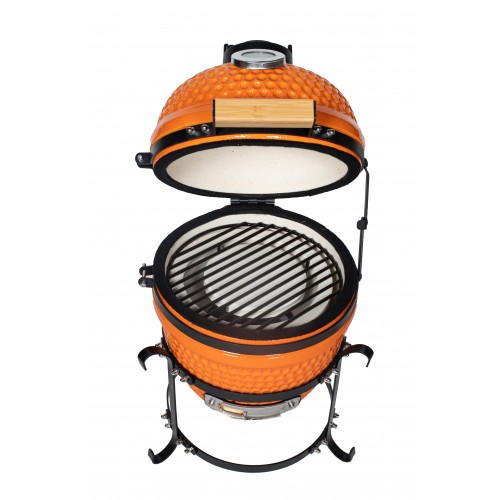
Norway’s border with Russia is almost 200 km long. It is minuscule to the 1 300 km border between Finland and Russia. In 2024, for the first time in 20 years, Norway has decided to store grains in the case of an emergency. A three month supply will be kept at all times. This is half the minimum requirement experts have said should be stored. This means that individuals and families will have to take some responsibility for food storage.
The emergency many people think of is war, possibly even a nuclear attack. The problem for Russia is that the prevailing winds blow from west to east meaning that the radiation from any attack could soon end up in Russia. Prevailing winds do not always help. When the Chernobyl disaster occurred 1986-04-26, one of the places most damaged by radiation was in Snåsa, Trøndelag, Norway, about 100 km north of Cliff Cottage. Snåsa is about 2 500 km north west of Chernobyl.
When the kitchen was remodelled in the 2020s, 1.6 m3 = 1 600 litres of additional space was added for food and general storage. This is in addition to the 0.9 m3 = 900 litres of long-term food storage, that was added with the construction of a pantry ca. 2000.
In a crisis situation, the supply of water could be a problem. We rely on municipal water that has been chemically treated. Electricity is needed for the purification process. Gravity is used to distribute the water. At Cliff Cottage, we have a stream about 200 m from our house that does offer a supply of water. In both cases it could be necessary to boil the water.
We are also dependent on electricity for storage and cooking of food. Much of our food is frozen or refrigerated. We use a microwave oven, electric oven and an induction cooktop to cook meals. I am considering a 320 mm diameter Kamado grill as a backup system for cooking food. One of our neighbours has a wood burning oven suitable for baking bread.
Another problem with food storage is rotation. Food should be used before its best by date. Admittedly, it is better to eat stale food, than no food.
Fire safety
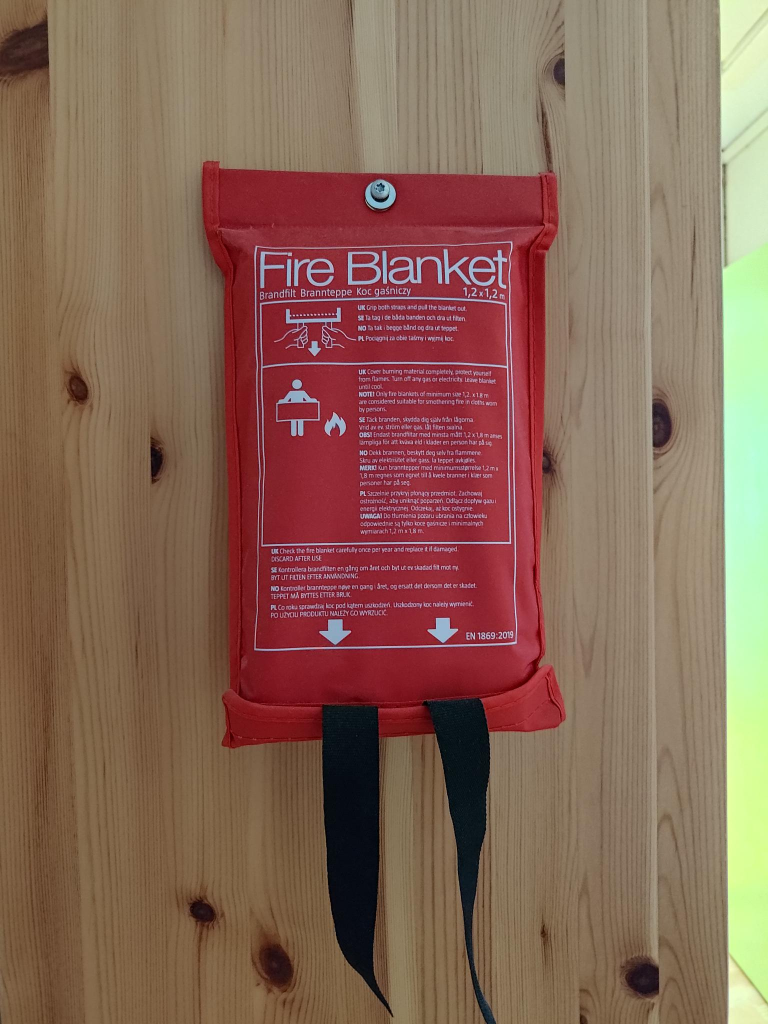
If we should experience a fire, it is quite likely that Cliff Cottage will burn to the ground, before any fire services could reach it. The closest fire trucks are in Straumen, 13 km away. They are crewed by volunteers, who live within five minutes of the fire hall. That equates to a 20 minute delay. A lot can happen with a raging fire in that time.
The first point of situation awareness is to be aware of the general situation being faced, then to know the human resources available, and if there are two or more people available, to divide the work between them.
Perhaps the first thing that has to be done when facing a fire is to contact the fire service. I know that this will be my responsibility, because Trish has a hearing disability the precludes using a telephone, except in exceptional cases. In Norway, we have many different emergency numbers, including: 110 (fire), 112 (police), 113 (ambulance/medical emergencies) and 1412 (text phone = emergencies for people with hearing disabilities). These are the equivalent of 911 in North America. This is important because the 20-minute delay only starts once the fire authorities have been contacted. Wikipedia provides a list of emergency numbers for everywhere on planet earth.
A second decision involves evacuation vs putting effort to put into fire fighting. If we decide to fight a fire, it means having knowledge about our options: fire blankets, fire extinguishers and hoses. Thus, we have to know where all of these are kept, and how to use them.
We have two fire extinguishers, one on the main floor and one on the lower level. The workshop also has two fire extinguishers, one near the entrance, and one at the innermost point. These have an acquisition date label on them. They are turned annually, so that the powder doesn’t clump. They are also recycled at ten year intervals. We have two fire blankets, one on the main level of the house, and one in the workshop.
It is also important to know when to give up. It may not be possible to extinguish a fire, and the best option is to leave the burning building. My gut feeling is that if a fire cannot be contained within five minutes, the building will have to be evacuated.
In terms of basic information, Wikipedia is a good source. However, there is no time to look up basic information once a fire has started. This information has to be digested in advance. For example, here is the Wikipedia article about smoke detectors: https://en.wikipedia.org/wiki/Smoke_detector
In Norway, fire safety day is 12-01 = December 01. It is the official date to change smoke detector batteries. Previously, a supply of 9 V batteries would be acquired and the batteries changed. Currently, we use smoke detectors that include a ten-year battery. We have ten of them: five on the lower entry level, and five on the upper level where we spend most of our time. We have the date of purchase and installation recorded, so that we know when the ten years ends. At that time, the smoke detector will be removed from service, and a new one installed. On fire safety day, all of the smoke detectors are inspected. So far, after 35 years, we have not had any issues, apart from short false positive alarms, often caused by steam.
It has been pointed out in American statistics, that the use of smoke detectors can reduce loss of life due to fire by 50%.
We have an evacuation plan for every room of the house. At one time, the most problematic room to escape from was the kitchen. It was located on the upper floor with a minimum 3m drop to the lawn below. That was because the narrow balcony on the west side of the house, did not extend to the kitchen, but stopped at the boundary between living room and kitchen. This was changed in 2017. Now, people can exit the kitchen through either of two opening windows onto a balcony that is at the same level as the kitchen floor. Outside stairs can take a person down to ground-floor level.
Another problematic room to escape from is the downstairs bathroom. It would require an escape through a top-opening window. A hammer and a glove are kept there to break and remove glass.
During the winter half of the year, outdoor taps are closed, so that using a garden hose to suppress a fire would require those taps to be turned on. This is done from the same room that houses the hot water heater, about as far from a outside door as possible.
Notes: Russian land border lengths. Total 22 407 km of land borders with 14 countries: Azerbaijan 338 km; Belarus 1 312 km; China (southeast) 4 133 km and China (south) 46 km; Estonia 324 km; Finland 1 309 km; Georgia 894 km; Kazakhstan 7 644 km (It is the longest continuous international border in the world and the second longest by total length, after the Canada–United States border that includes boundaries in the Great Lakes, Atlantic and Pacific coasts. It is 8 891 km long. The land border has two sections: Canada‘s border with the contiguous United States to its south, and with the U.S. state of Alaska to its west; North Korea 18 km; Latvia 332 km; Lithuania (Kaliningrad Oblast) 261 km; Mongolia 3 452 km; Norway 191 km; Poland (Kaliningrad Oblast) 209 km; Ukraine 1 944 km. There are also sea borders with Japan and USA.


